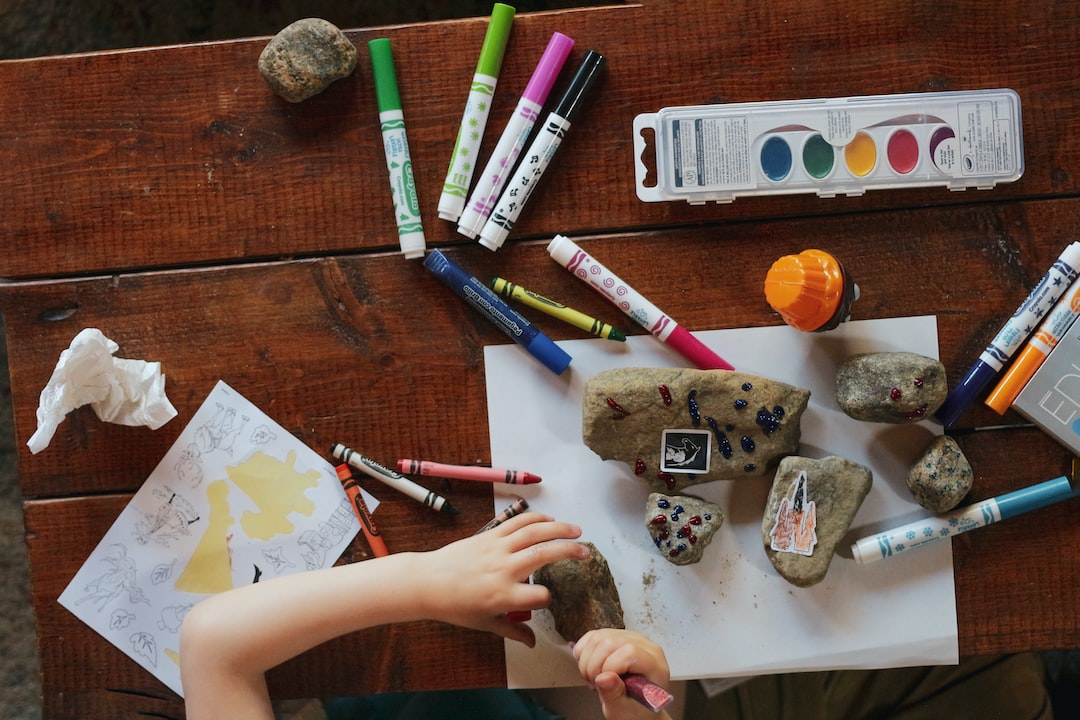Art as Activism: The Power of Creativity in Social Change
Art has always been a powerful medium of expression, capable of inspiring, provoking, and uniting individuals. Beyond its aesthetic beauty, art has the potential to ignite social and political movements, challenging the status quo and driving meaningful change. In recent years, we have witnessed a surge in art-driven activism, with artists using their creativity to address social issues and spark conversations that transcend borders. This blog post explores the role of art as activism and the tremendous power it possesses in shaping a better world.
Traditionally, art has been seen as a form of escapism, a means to transport us to another world and offer solace in our daily lives. However, the emergence of various art movements in the 20th century shattered this notion and brought to light the potential of art to challenge societal norms. From the Dadaists, who used absurdity and unconventional techniques to rebel against the cultural and political establishment, to the street artists of today, who utilize their work as a tool for social commentary, art has effectively become a vehicle for activism.
One of the striking aspects of art as activism is its ability to transcend language and cultural barriers. Art speaks to our emotions, stirring deep within us and sparking empathy. It has the power to evoke emotions and provoke conversations that are crucial in addressing social issues. Whether it’s a thought-provoking painting, a powerful piece of street art, or a captivating photograph, art has the ability to cut through the noise and capture our attention, shining a spotlight on important issues that need addressing.
Moreover, art has the power to engage individuals in a dialogue, encouraging them to question the world around them and challenge their own perspectives. By its very nature, art is subjective, open to interpretation and personal reflection. This creates an opportunity for artists to not only raise awareness about social issues but also create a space for individual and collective reflection. Through art, individuals are encouraged to see the world through a different lens, fostering empathy and understanding.
Perhaps one of the most notable examples of art-driven activism in recent times is the use of street art as a tool for social change. Street artists have transformed public spaces into a canvas for political expression, transforming concrete walls into vibrant murals that tackle issues such as inequality, climate change, and human rights. These artworks not only beautify the urban landscape but also disrupt the everyday routine, forcing individuals to confront uncomfortable truths and consider alternative perspectives.
Furthermore, art as activism has the power to amplify marginalized voices, giving a platform to those who are often unheard. Artists from underrepresented communities have utilized their creative talents to challenge oppression and reclaim their narratives. By creating art that reflects their experiences and struggles, these artists are reshaping the dominant narratives and creating a space for their voices to be heard.
In conclusion, art as activism is a powerful catalyst for social change. It engages individuals on an emotional level, sparks conversations, challenges societal norms, and amplifies marginalized voices. Whether it’s through thought-provoking paintings, dramatic performances, or captivating street art, artists are using creativity to push boundaries and inspire collective action. In a world riddled with division and social injustice, art has the potential to change hearts, minds, and ultimately, our society for the better. Let us embrace the power of art as activism and join hands in creating a more inclusive and compassionate world.

